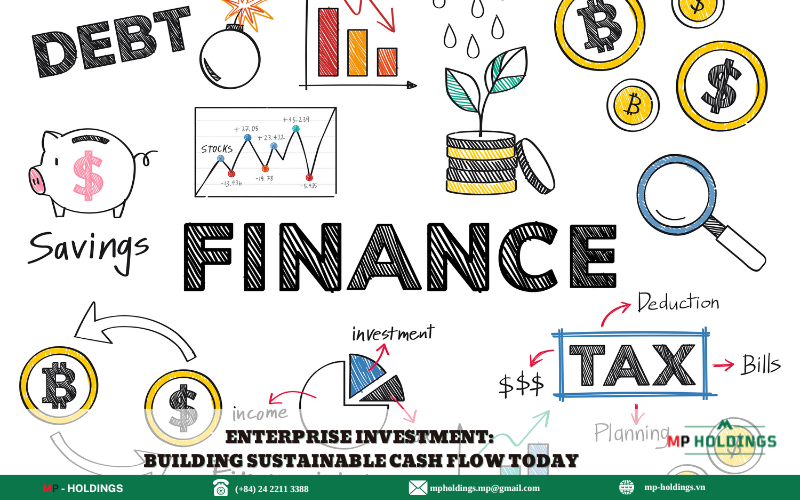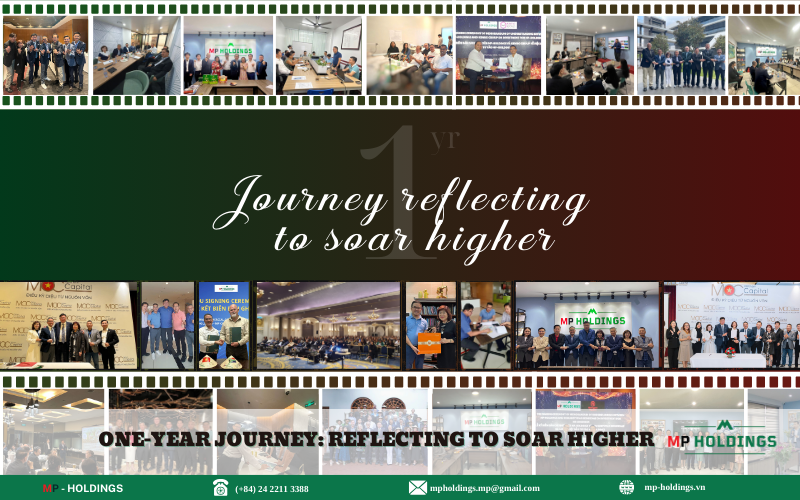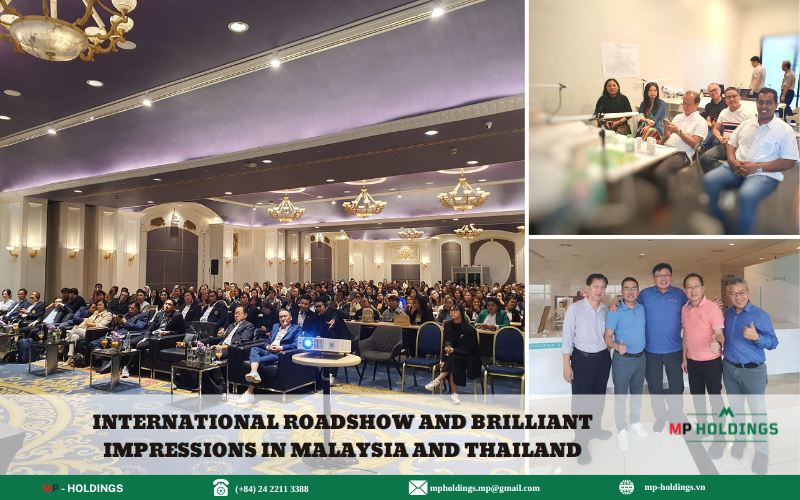The news that VinFast has just announced its move to listing on the New York Stock Exchange (NYSE) through a merger with Black Spade Acquisition (NYSE: BSAQ) has made those interested in this business very excited.

Notably, after announcing its IPO at the end of last year, VinFast has now announced that it will list directly through a merger. Dr. Ngo Cong Truong, Lean Six Sigma Master Black Belt, Top 40 outstanding experts of the American Society for Quality (ASQ.org) and Master Nguyen The Trung, CEO of John&Partners Consulting and Education Joint Stock Company shared Some information from this event.
How should we understand the event of VinFast merging with BSAQ?
First, the fact that a private enterprise becomes a listed enterprise through merging with another enterprise is called back-door listing.
Backdoor listing is understood as a business that wants to become a public and listed company but does not want to offer securities for the first time to the public – IPO – (or because the conditions and time of the IPO are not suitable), the business That business can merge with another business on the floor.
When merging, the listed legal entity will be used and thus, all assets and activities of the enterprise that wants to be listed will become part of the listed enterprise. In return, shareholders of the enterprise that wants to list will be exchanged for ownership of shares of the listed enterprise according to a ratio agreed upon by both parties.

To easily imagine the case of VinFast, let’s take the following example:
Imagine that BSAQ company is a “BASQ ceramic cup” (with nothing inside), and VinFast company is “VinFast coffee”. The merger process is similar to pouring VinFast coffee into a BASQ ceramic cup. Then we will have the final product which is a BASQ ceramic cup containing VinFast coffee. After that, we can change the BSAQ ceramic cup label to the “VinFast coffee” label, now we have a uniform cup of coffee from the cup label to the coffee inside.
In the image above, the glass represents a business that is listed but has no actual business operations. This type of business is called SPAC (Special Purpose Acquisition Companies – a special type of company established for the purpose of mergers and acquisitions).
Thus, VinFast merged with a SPAC and accounted for a very large proportion (99%), next, this SPAC company changed its name and listing code to VinFast. Thus, VinFast’s process of becoming a listed company is completed.
Regarding the basis for valuing a new business after a merger, we can simply understand as follows:
BSAQ’s capitalization is about more than 200 million USD. After the merger, the new enterprise will be 100 times larger than BSAQ. Therefore, the valuation of this business will be about more than 20 billion USD.
However, we also need to note that this valuation does not mean that VinFast will be recognized by the market as always valued at more than 20 billion USD. After the merger, the valuation of the new business will officially be re-evaluated by the market after a period of trading.
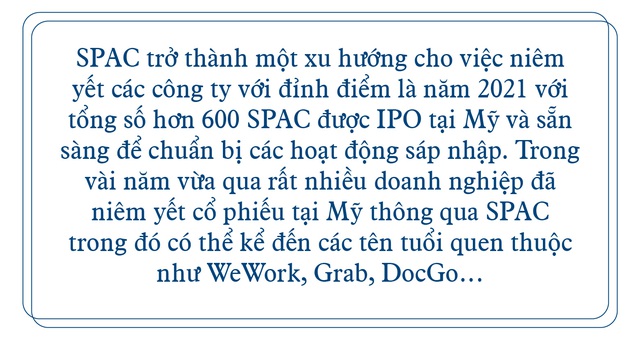
How is this form of listing via SPAC different from an IPO?
First, we need to understand clearly that an IPO or becoming a listed company through a SPAC are just different paths to achieving a business’s goals. As we (John&Partners) have shared many times, IPO or listing is just a means, not a destination.
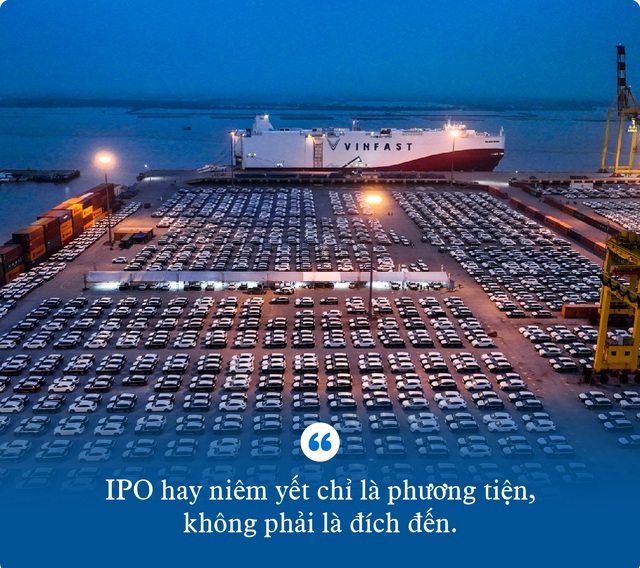
This sounds like it would contradict most current movements and programs calling for IPOs in Vietnam. Therefore, before building a strategy for a business, the goal must always be clearly defined because strategies have their own advantages and disadvantages. From an overall perspective, there are two main differences between IPO and listing via SPAC.
The first difference is the amount of cash collected . A normal IPO process (assuming success) will bring a certain amount of cash back to the business when issuing more shares to the public. However, when choosing to list via SPAC, the business will not have an immediate amount of cash and will need to have subsequent plans to mobilize more (such as announcing a new issuance or partially divesting).
The second difference is time and procedures . Becoming a listed company through SPAC will be faster, more likely to succeed and the procedure will be easier than IPO. However, the amount of work that businesses need to do to ensure they build their image in terms of investor relations will be similar and businesses will also need to spend a lot of resources. This is to confirm that capital mobilization capacity is built and developed sustainably.
What lessons can we learn from the above event?
Just like we shared last time, we still want to reiterate the lesson that businesses and business people need to learn through VinFast’s case studies, which is the ability to build and execute business strategies.
According to our survey of more than 500 Vietnamese businesses, about more than 85% of businesses do not know about building and managing strategies as well as appropriate management tools. This is the reason why businesses are often confused when there are internal changes or changes in the business environment.
Through this VinFast listing announcement event, with an external analysis perspective on management, we see the lessons that business people need to learn.
Leadership mindset and determination towards a big goal: to achieve such rapid and strong changes, one thing is certain: the determination and commitment of the leader. In change management, the foundation of successful transformation is the commitment and determination of leadership. Accompanying that is an open mindset and acceptance of change. We can see that when it was difficult to mobilize a large amount of capital, VinFast carried out the IPO process very quickly. And when the global financial market fluctuates and even the partners participating in the IPO may face difficulties, VinFast immediately switched to a new plan, SPAC.
Strategy and implementation capacity: following the above idea, strategy building capacity is understood as the ability to analyze and orientate (Hoshin) a series of strategies (called a strategy pool) and then select them. appropriate strategies for implementation (Kanri). Thus, right in the preparation process, VinFast has many strategies and as soon as one strategy is likely to fail, an alternative strategy will be deployed. A properly managed business will not be passive in the face of unfavorable situations because all strategies have been written and only the right time is chosen to deploy.
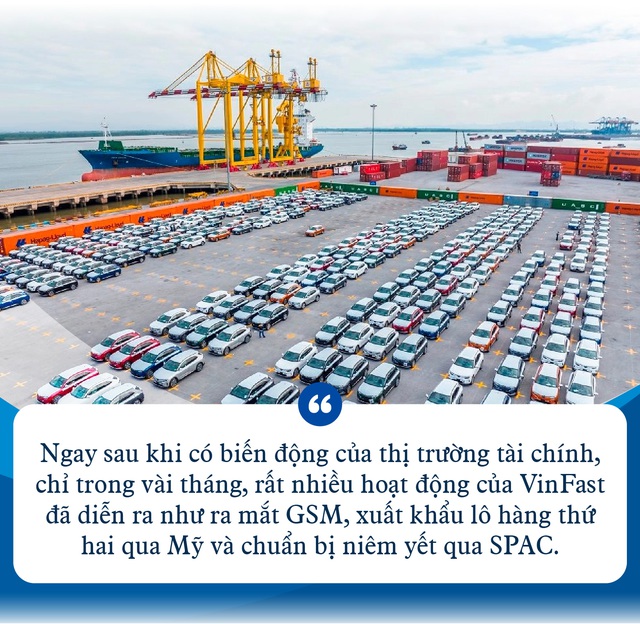
Strong enforcement: “if it’s done, it’s done, if it’s not done, it’s done” is one of the values of Vingroup that we think many businesses need to learn. Even a well-analyzed and scripted strategy is worthless if it is not capable of execution. Immediately after the financial market fluctuations, in just a few months, many VinFast activities took place such as launching GSM, exporting the second batch of goods to the US and preparing to list via SPAC. This is not easy to do without a strong will and execution capacity, called Operational Excellence, which is also a criterion adopted by the American Quality Association (American Quality Association). ASQ) strongly promoted from 2020.
What could be obstacles for VinFast?
According to Dr. Ngo Cong Truong: in addition to the need to complete procedures for the merger process, VinFast’s “homework” of proving the quality of products and services is still there.
According to the directions of the American Quality Association, many quality management criteria will be included in the improvement roadmap by the Automobile Division. In particular, FMEA (Failure Mode and Effects Analysis), one of the five basic tools of IATF 16949 standard, a standard applied in the car industry, (called five core tools) will have its calculation standards upgraded to guide to promote risk management activities more than the old version. Therefore, not only VinFast but also businesses in the industry need to update and improve Lean Six Sigma capabilities to achieve faster and more cost-optimized improvements.
According to Master Nguyen The Trung, ESG (environmental – social – governance criteria) and assessment of sustainable development will also be certain barriers when participating in major playgrounds.
Not only VinFast but Vietnamese businesses in general need to be more proactive in participating in large organizations to participate (and know in advance) and contribute to the development of measurement criteria, such as measuring ESG.
Although according to ASQ statistics at the ASQ global conference from May 7 to May 10 in Philadelphia, only 22% of businesses in the United States are considered to have achieved a high level of maturity in ASQ, but Nearly two-thirds of businesses in the United States have begun implementing specific ESG activities. This is also a part of creating barriers for businesses wanting to enter the US market without proving and measuring ESG criteria.
Source: cafef.vn


